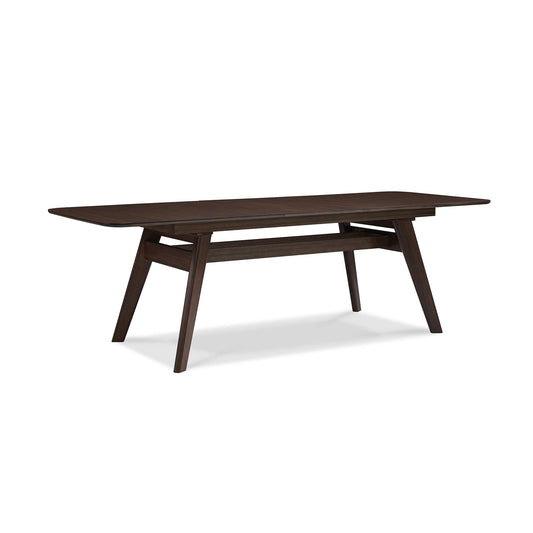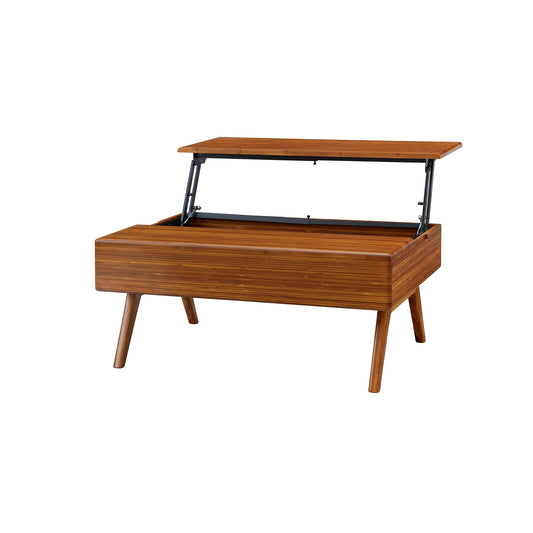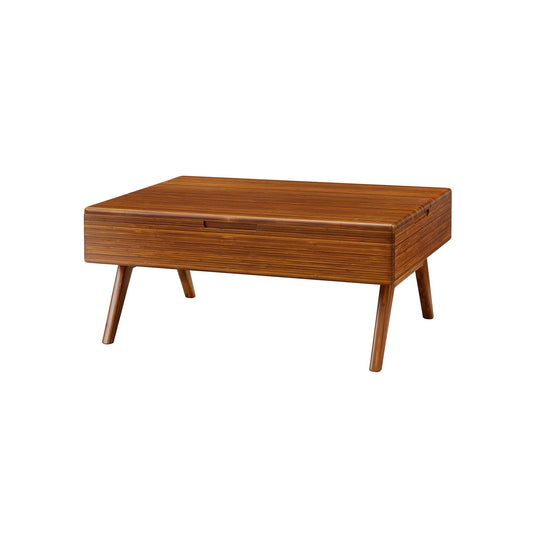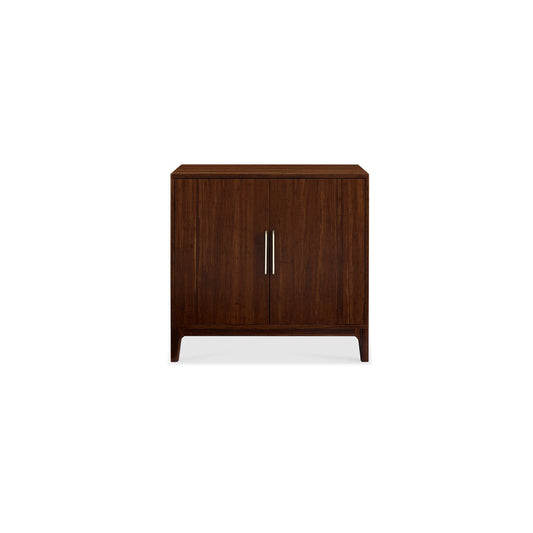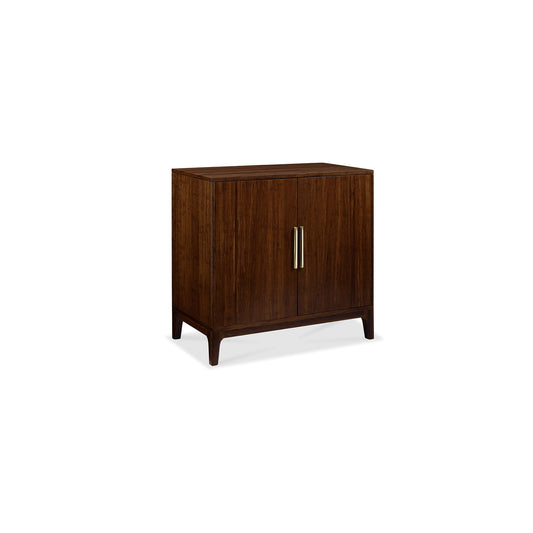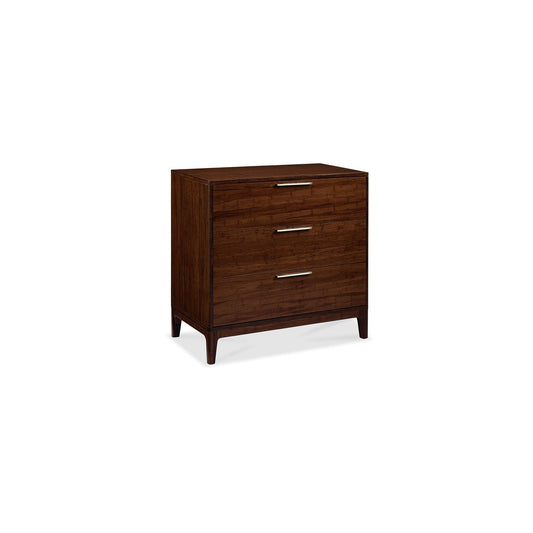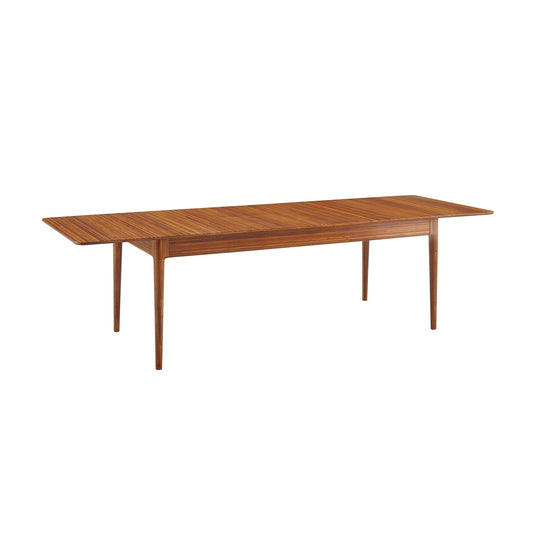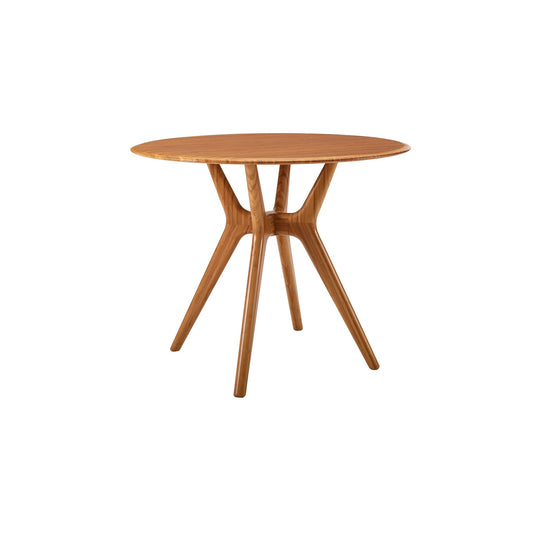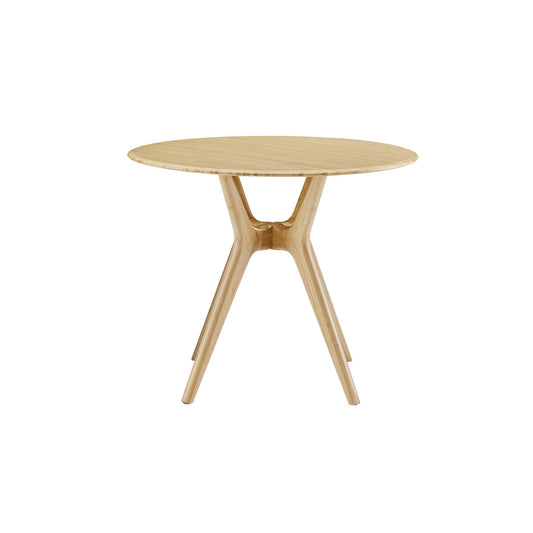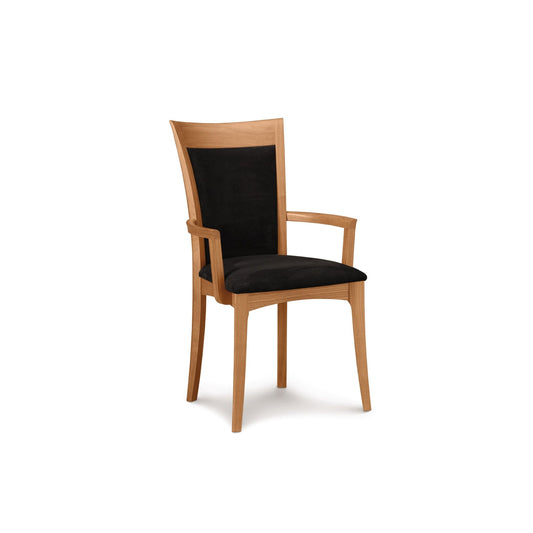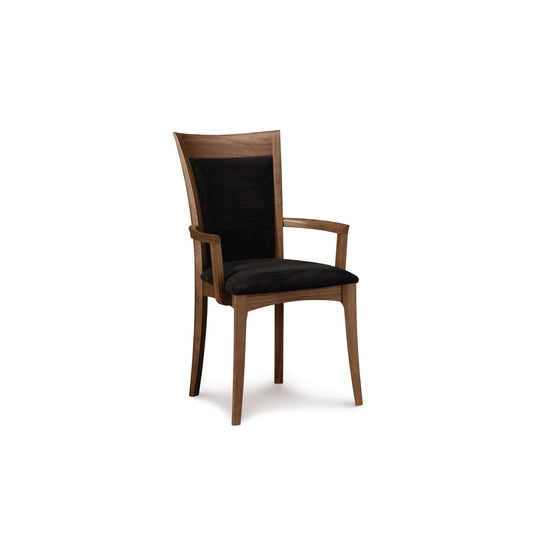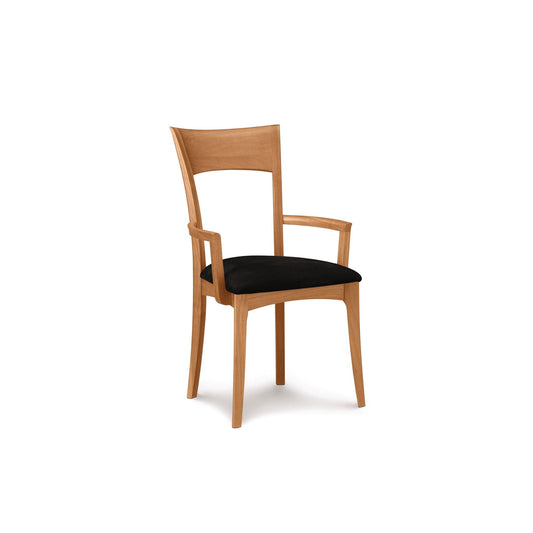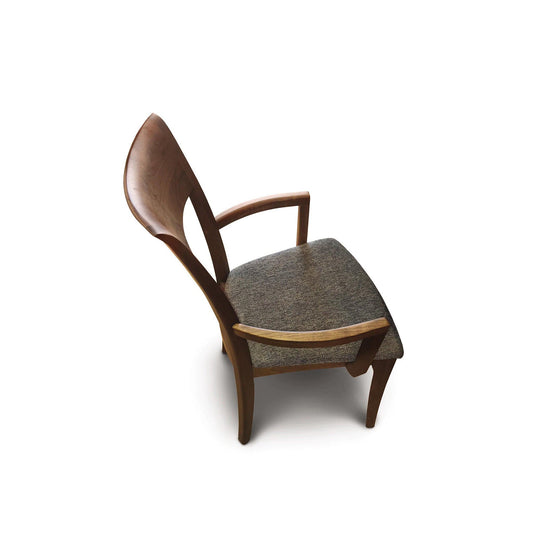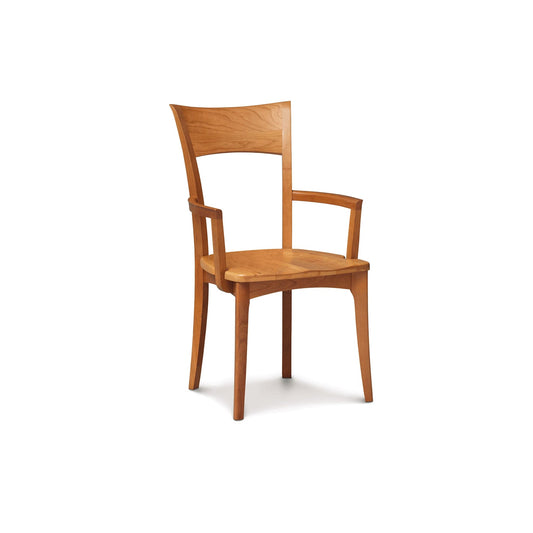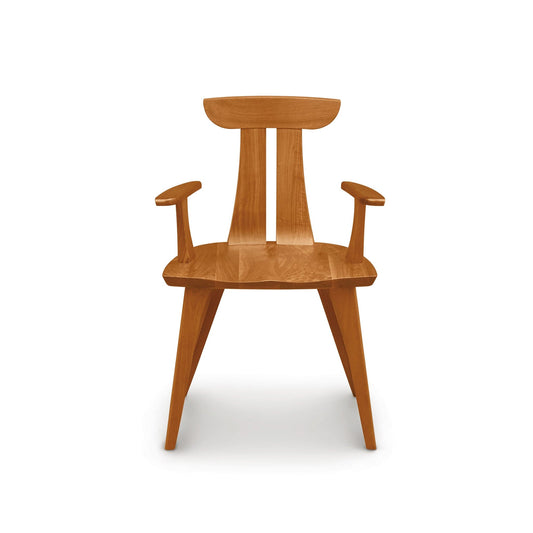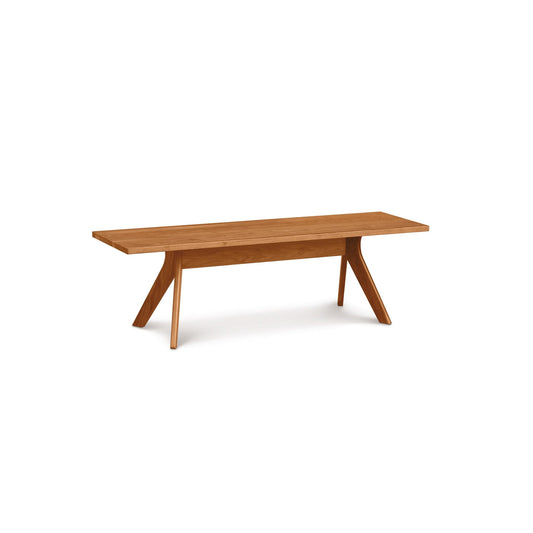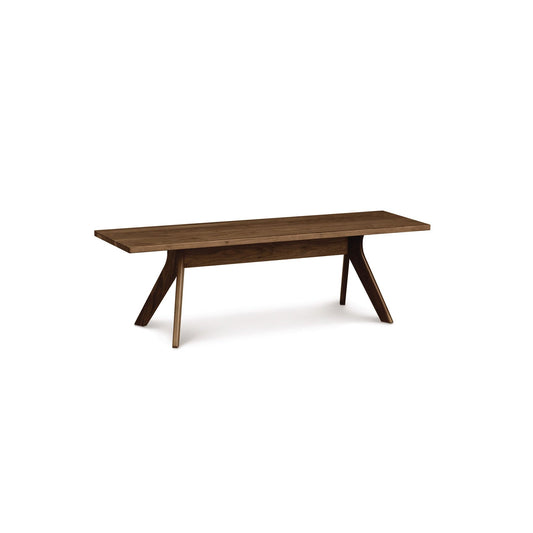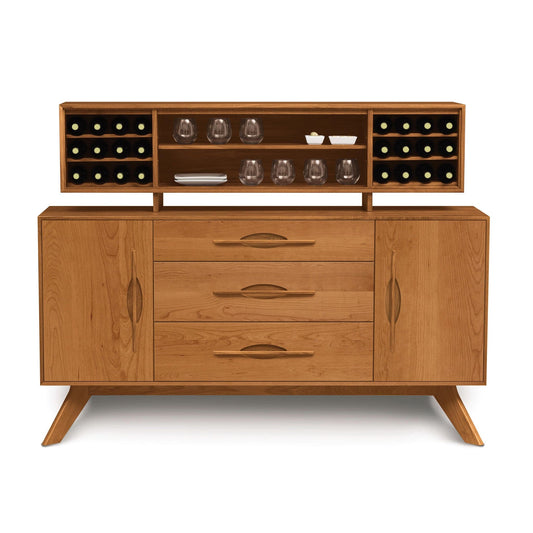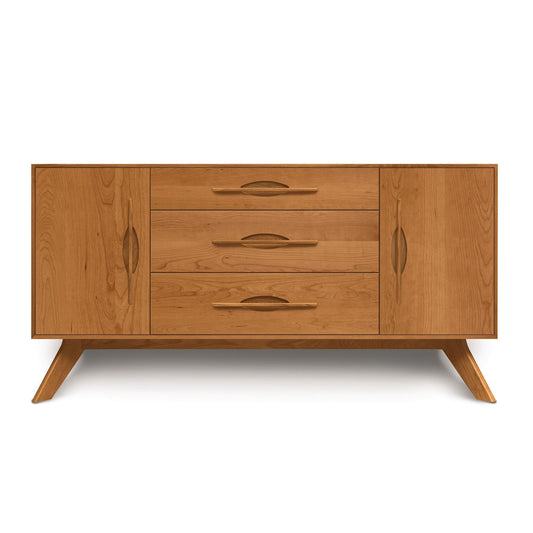Scandinavian Design
-
Mercury Upholstered Platform Bed
Regular price From $1,299.00Regular priceUnit price per$2,725.00Sale price From $1,299.00Sale -
Currant Extendable Dining Table
Regular price From $1,892.00Regular priceUnit price per$2,270.00Sale price From $1,892.00Sale -
Newilla Sofa Bed With Lounger
Regular price From $5,200.00Regular priceUnit price per$7,707.00Sale price From $5,200.00Sale -
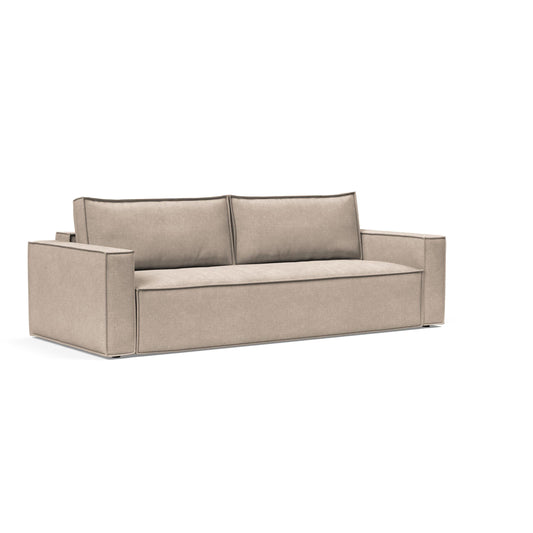
 Sale
SaleNewilla Sofa Bed
Regular price From $3,250.00Regular priceUnit price per$4,655.00Sale price From $3,250.00Sale -
Newilla Lounger Chair
Regular price From $2,350.00Regular priceUnit price per$3,695.00Sale price From $2,350.00Sale -
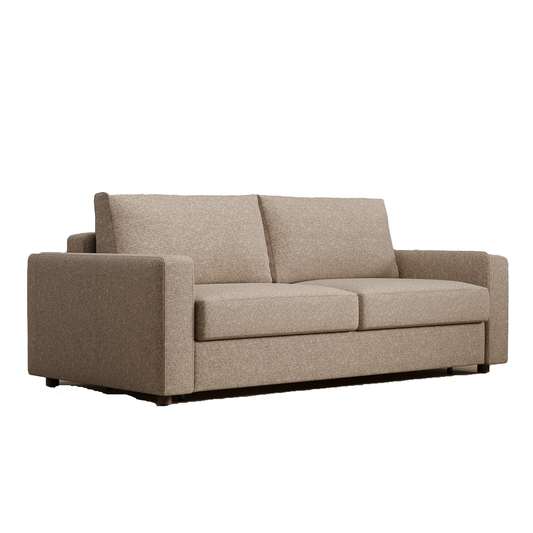
 Sale
SaleNeah Sofa Bed
Regular price From $2,695.00Regular priceUnit price per$3,860.00Sale price From $2,695.00Sale -
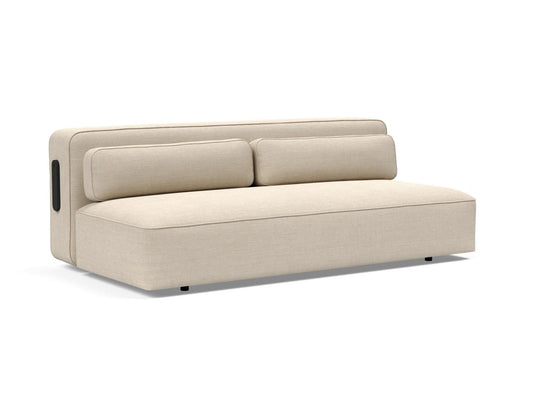
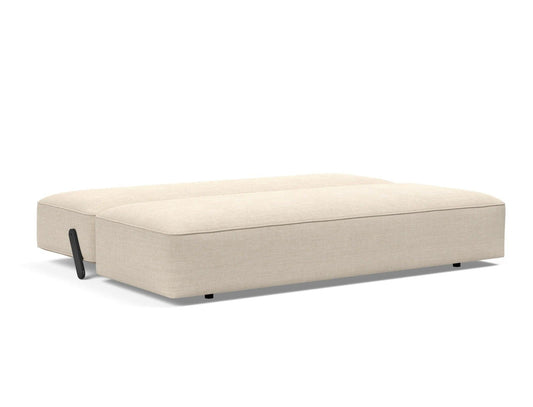 Sale
SaleYonata Sofa
Regular price From $2,995.00Regular priceUnit price per$3,450.00Sale price From $2,995.00Sale -
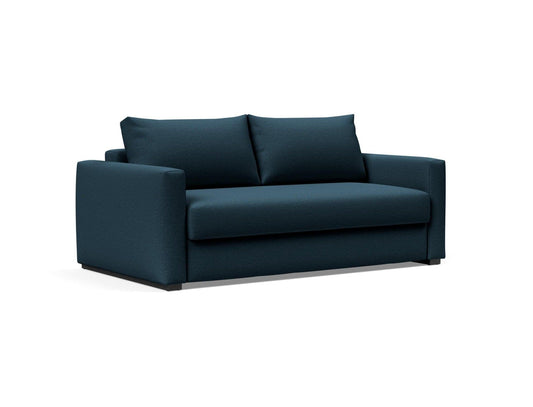
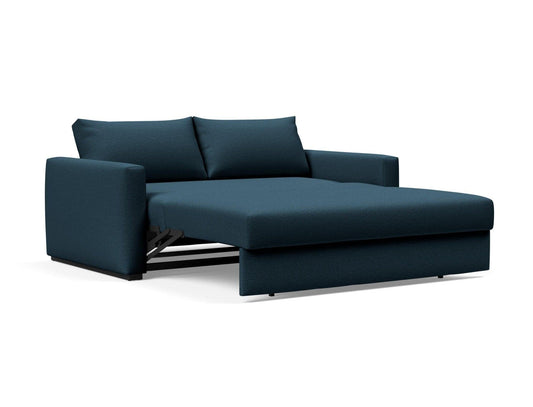 Sale
SaleCosial Sofa Bed
Regular price From $3,295.00Regular priceUnit price per$3,845.00Sale price From $3,295.00Sale -
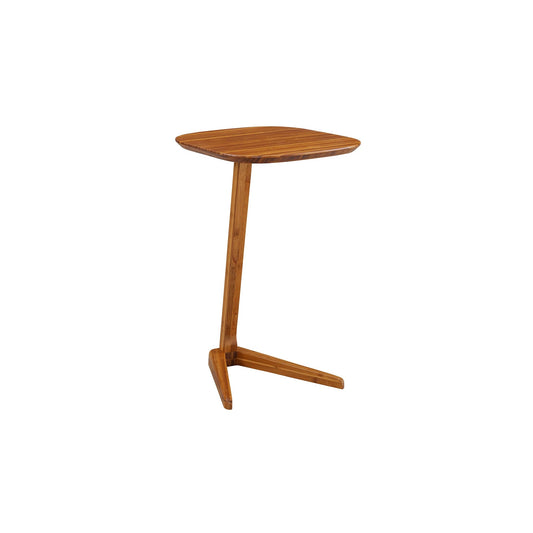
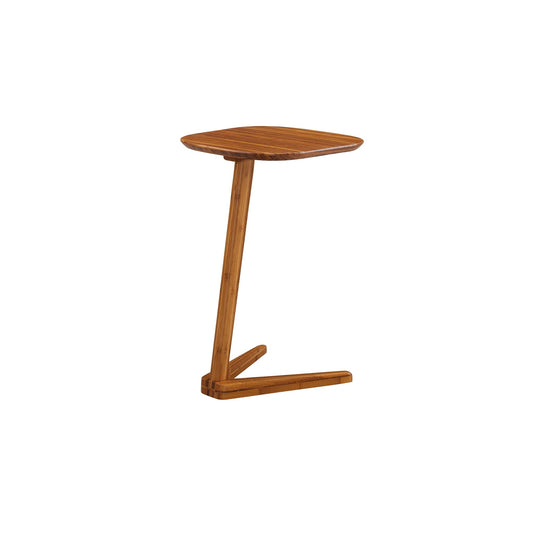 Sale
SaleThyme Side Table
Regular price $289.00Regular priceUnit price per$346.00Sale price $289.00Sale -
Rhody Lift Top Coffee Table
Regular price $1,046.00Regular priceUnit price per$1,256.00Sale price $1,046.00Sale -
Mercury Two Door Chest
Regular price $2,038.00Regular priceUnit price per$2,445.00Sale price $2,038.00Sale -
Mercury Three Drawer Chest
Regular price $2,125.00Regular priceUnit price per$2,550.00Sale price $2,125.00Sale -

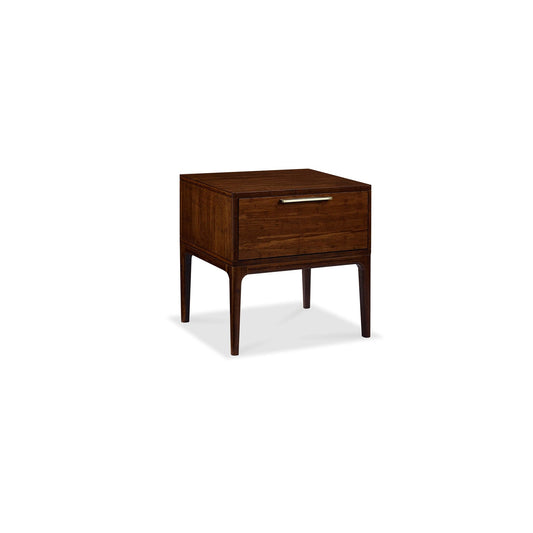 Sale
SaleMercury Nightstand
Regular price $784.00Regular priceUnit price per$941.00Sale price $784.00Sale -
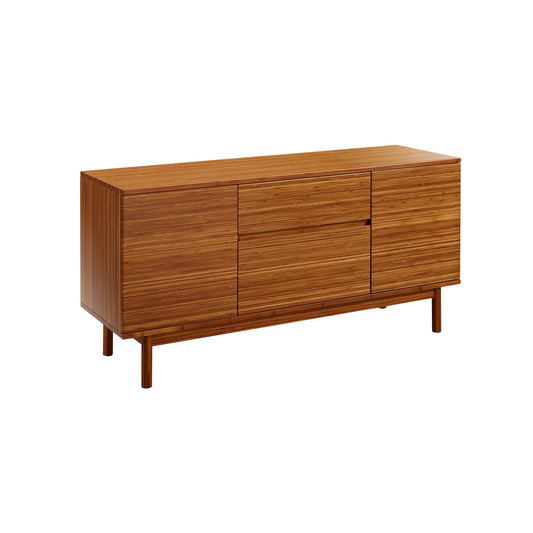
 Sale
SaleErikka Sideboard
Regular price $1,892.00Regular priceUnit price per$2,270.00Sale price $1,892.00Sale -
Erikka 110" Double-Leaves Extension Dining Table
Regular price $2,329.00Regular priceUnit price per$2,795.00Sale price $2,329.00Sale -
Sitka 36" Round Dining Table
Regular price $813.00Regular priceUnit price per$976.00Sale price $813.00Sale -
Copeland Morgan Dining Chair
Regular price From $985.00Regular priceUnit price per$1,313.00Sale price From $985.00Sale -
Copeland Ingrid Dining Chair
Regular price From $823.00Regular priceUnit price per$1,098.00Sale price From $823.00Sale -
Copeland Ingrid Wood Seat Dining Chair
Regular price From $879.00Regular priceUnit price per$1,172.00Sale price From $879.00Sale -
Copeland Estelle Stool
Regular price From $1,151.00Regular priceUnit price per$1,534.00Sale price From $1,151.00Sale -
Copeland Estelle Dining Chair
Regular price From $982.00Regular priceUnit price per$1,309.00Sale price From $982.00Sale -
Copeland Audrey Bench
Regular price From $988.00Regular priceUnit price per$1,317.00Sale price From $988.00Sale -
Copeland Audrey Hutch
Regular price From $1,680.00Regular priceUnit price per$2,240.00Sale price From $1,680.00Sale -
Copeland Audrey 1 Door on Either Side of 3 Drawers Buffet
Regular price From $4,298.00Regular priceUnit price per$5,730.00Sale price From $4,298.00Sale
Scandinavian Design
Scandinavian Design: A Definition
Scandinavian Design is a renowned interior style that emerged from the Nordic countries of Denmark, Norway, Sweden, Finland, and Iceland. Rooted in the principles of functionality, simplicity, and a strong connection to nature, Scandinavian Design celebrates clean lines, practicality, and a harmonious blend of form and function. This design approach reflects the region's cultural values and lifestyle, creating spaces that exude warmth, comfort, and a timeless sense of well-being.
Key Characteristics of Scandinavian Design
- Functionality: Functionality is a hallmark of Scandinavian Design. Furniture and objects are designed with practicality in mind, often serving multiple purposes.
- Simplicity: Simplicity and minimalism are core tenets of Scandinavian Design. Spaces are uncluttered, with a focus on essential elements that contribute to a sense of visual tranquility.
- Natural Materials: The design celebrates natural materials such as wood, leather, wool, and stone. These materials add warmth and texture to interiors, connecting occupants to nature.
- Light Color Palette: A light and airy color palette defines Scandinavian interiors. Whites, light grays, and pale neutrals create a sense of brightness and spaciousness.
- Clean Lines: Clean lines are prevalent in Scandinavian Design. Furniture, architecture, and decor feature straight, unadorned lines that contribute to a sense of visual harmony.
- Cozy Textiles: Textiles like wool blankets, knit throws, and soft cushions add coziness and comfort to interiors, especially during cold winters.
- Open Layouts: Open floor plans are common in Scandinavian homes, allowing for fluid movement and creating a sense of interconnectedness.
- Functional Design: Furniture often boasts innovative designs that prioritize utility. Multi-functional pieces and modular furniture contribute to efficient use of space.
- Minimalistic Decor: Decorative elements are thoughtfully chosen and often inspired by nature. Decor pieces contribute to the design's overall aesthetic without overwhelming the space.
- Emphasis on Light: Due to long winters with limited daylight, Scandinavian Design maximizes natural light through large windows and the use of mirrors to reflect light.
- Nature-Inspired Motifs: Design elements inspired by nature, such as botanical prints, animal motifs, and organic patterns, are commonly used to bring the outdoors indoors.
- Hygge Concept: Scandinavian Design often embraces the concept of "hygge," a Danish term that encompasses coziness, contentment, and well-being. This concept infuses spaces with a sense of comfort and relaxation.
Scandinavian Design captures the essence of a region known for its harmonious blend of aesthetics, practicality, and connection to nature. By celebrating simplicity, natural materials, and a focus on well-being, this style creates interiors that radiate timeless charm, comfort, and a sense of serenity.



